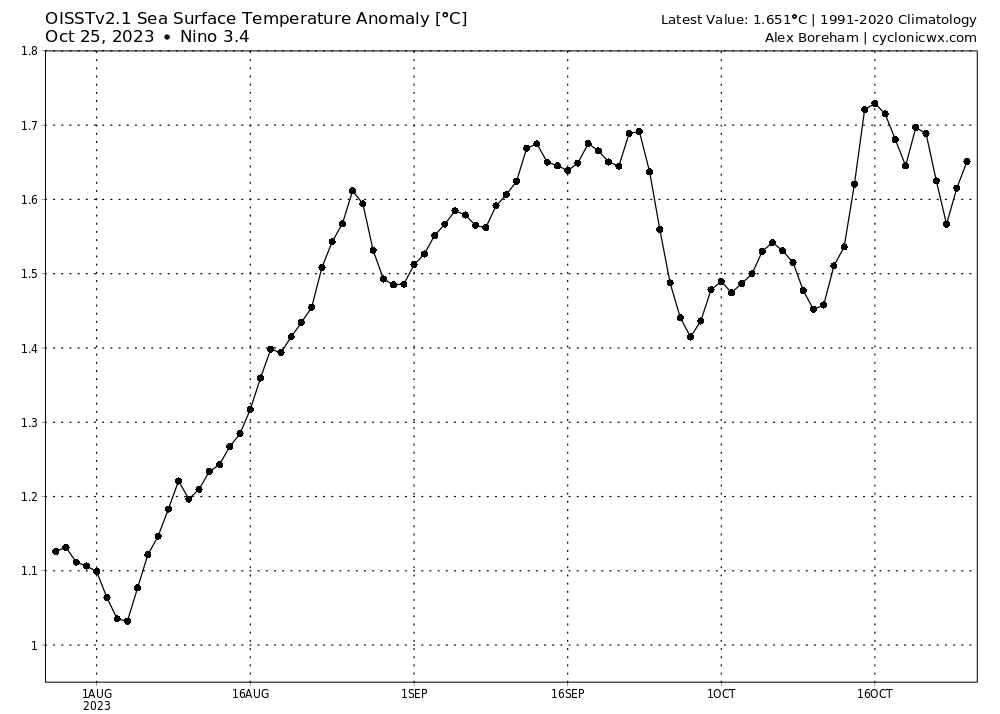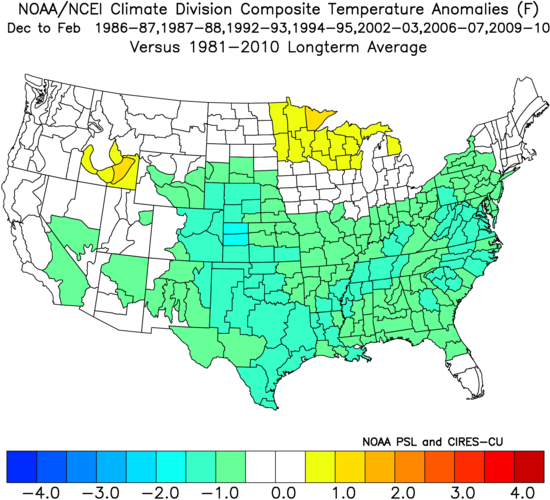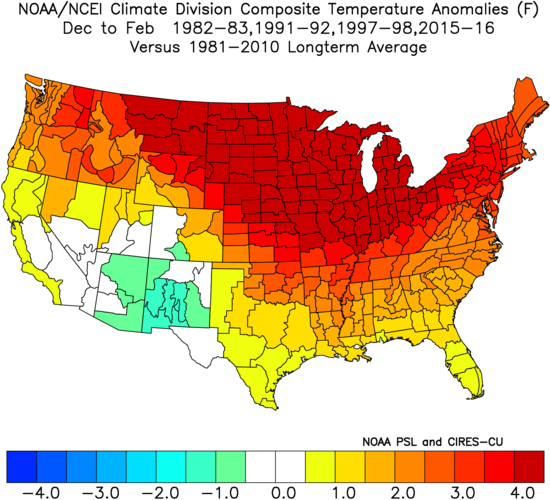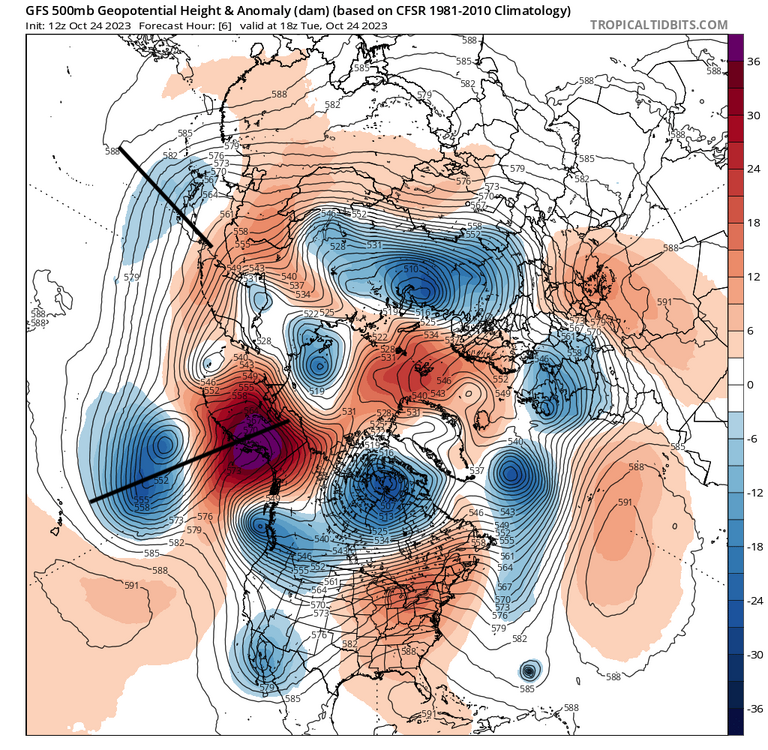-
Posts
5,526 -
Joined
-
Last visited
Content Type
Profiles
Blogs
Forums
American Weather
Media Demo
Store
Gallery
Everything posted by Terpeast
-
Yeah, a lot of mixed indicators as you and bluewave pointed out. That's why I'm leaning closer to normal temp wise here in the MA and SE. Further north will be above... and much above out towards Maine and the northern plains.
-
Ok those are interesting analogs. We know that 86 and 02 are el nino years. Not perfect matches by any means, but still interesting nonetheless. Fair enough. I've done a lot of research on the PDO in relation to the MA climo for winters, and found that we don't have to have a +PDO to have a productive winter. It can be neutral or even slightly negative. Maybe the PDO being closer to neutral allows some uncoupling for a couple of weeks at a time, a few times per winter.
-

Octorcher or Roctober 2023 Discussion Thread
Terpeast replied to Damage In Tolland's topic in New England
While I agree that access to guns should be greatly limited, especially when mental health is involved. I've seen people claiming that mental health is not the cause of the increase in mass shootings, but when I look the gun violence archive (or some similar dataset), I see a significant portion of mass shootings were committed by shooters with mental health issues. So I agree that addressing mental health is a large part of the equation. I mean... we don't want people with uncontrolled (or even controlled) mental health problems to have access to AR-15s, do we? So tragic for people of Maine. Stay safe for you folks up there. And this is having an effect on me, too. Every time I go to the grocery store, the first thing I do when I enter is look for all of the exits in the back. EDIT: My apologies @dendrite I didn't see your post to move things to banter when I typed this. Feel free to move my post there. -
We're getting there, slowly but surely. The recent PDO rise was legit, and I wouldn't dismiss it as noise. Last 15 days shows the trend we want to see. Keep in mind that I never said we're going +PDO. For the record, I don't think this is the year that we will flip. Just that we're getting closer to neutral.
-
This is probably a byproduct of the extreme and long duration negative pdo, and we also had to sacrifice with a -pna like pattern when the pdo rose. With october being oppositely correlated vs other months, and the MEI being much lower than nino3.4, it makes sense. But I don’t think this continues because the pdo is now near-neutral/slightly neg, and we have a new subsurface KW in the eq pac, and the MEI should rise a bit.
-
You’ve got conviction, I’ll grant you that. I see no way we’ll get to 2.1 ONI
-
1996 was my favorite. It seemed whenever someone farted, it would snow. And it would be a cold, dry, windblown snow. That winter - it was just too easy.
-
Meaning they bust too warm and it ends up colder, or they underestimate the warmth?
-
Sure. Its possible to be in the teens at the ground while its 32 aloft
-
3.4 bouncing around the 1.5-1.7 range. Looks like the ONI for ASO will be around 1.4, and this nino may end up with a SON peak. It could strengthen a little, but I think we are close to peaking.
-
Are you using IOD or DMI?
-
Yeah that makes sense
-
Interesting. Not quite sure what to make of this. Could it be coincidental with other factors being the drivers?
-
Awesome, thanks! Looks like it’s at -0.32 now, with it being closer to -0.2 a couple days ago
-
Definitely made great progress on the PDO. Looks slightly negative to me, or even neutral (within +/- 0.5 is how I define neutral), just a tad warm across the entire basin. Where do we get the daily PDO chart? It was -0.33 last time I saw it posted here. As far as the IOD goes, I’m not sure it has much value in winter season forecasting. I couldn’t find a strong correlation with EC temps, precip, or snowfall. If anything, we want it to be positive. For the MJO, just about all phases are going to be open for business, including 4-6. The difference this year is that 8-1-2 should also be open for business.
-
True, its MEI was 0.9 so it must have snuck its way into my list. I’ll exclude that next time
-
From 0.6? That's quite the big jump. I'm thinking 0.8 or so. But it will be telling. There's a big difference between <1.2 MEI ninos and >1.2 MEI ninos since 1980. MEI <1.2 MEI >1.2
-
In the winter, yes. But it's still early-mid fall, so the wavelengths are different this time of year. I think you and bluewave were alluding to the correlation flip in October a couple of weeks ago, and I think this is a good example.
-
Powerful rex block in place with troughing off Japan having an impact on SSTs in the N Pac, and the PDO. North Pac SST anomaly changes over the last 15 days: This is reinforcing the recent PDO rise from extreme negative to neutral territory, which is a sign that the atmosphere may decouple from the PDO going into winter. Of course, as I said would happen before, going from extreme -PDO to a decoupled PDO would be rough for us for a while with strong -PNA episodes. Like the one happening now, giving record 80 degree warmth over the eastern seaboard. This is a necessary evil to rip the bandaid off.
-
34.9 with a light frost
-
I noticed that, too. I think you and I are looking at the same area, and bluewave may be looking at a different or smaller area
-
Yeah it’s not a guarantee as we’ve had a couple of ratters in the nino cohort (72-73, 91-92 and probably another within the 50s) The definition of a modoki is even more nebulous to me, so I just stick with east based, basin wide, or west leaning based on where the forcing is. I’ll have a write up on this in Nov when I do my outlook, but current thinking is that an “decent but not crazy” winter is the most probable outcome, with a 09-10 redux being the second likely outcome. Another ratter i think has the least chance of happening, but still a non zero chance
- 921 replies
-
- 12
-

-
Gotcha. Just noticed "EMI", not "MEI". Dyslexic moment
-
Is that the new MEI value?
-
I think with the PDO rising to neutral, but with the lack of upper OHC, I think this nino holds at around 1.6-1.7 at least for the next few weeks with weakening trades.


.png.75bcf22b37880cd328eefaabc830b836.png)





.png.66ddf715fdd3647784a6bb868402587b.png)